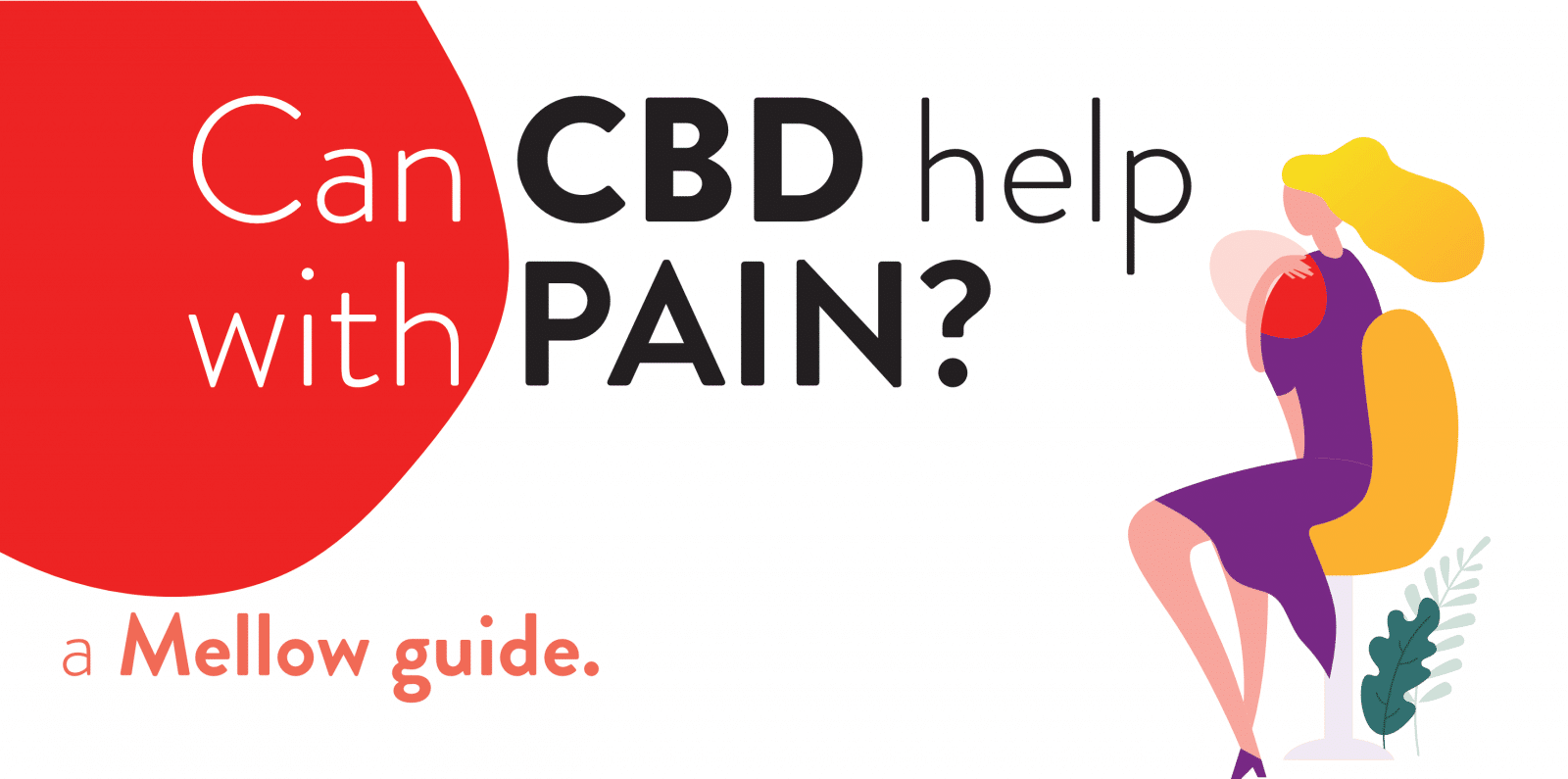Cannabis can control pain and other ailments. Recently, attention has turned to cannabidiol, or CBD, a compound found in the cannabis plant with various therapeutic effects. Among the many reasons people use the compound, CBD for pain management is one of the most common.
Since it’s non-intoxicating, many people who otherwise wouldn’t use cannabis are excited about the prospects of using CBD for pain.
What the research says about using CBD for pain
A review of studies from 1980 to 2007 concluded that CBD is effective for pain relief, especially for multiple sclerosis.
Rodent studies have also found promising results. One study found that arthritic rats given topical CBD had a noticeable decrease in inflammation and pain. These studies are promising, but we need more definitive research on the topic.
CBD and the Endocannabinoid System
CBD combats pain by way of the endocannabinoid system, a series of endocannabinoids (cannabis-like compounds naturally produced by the body) and neurotransmitters that help the body maintain a balance.
This system is responsible for maintaining memory, mood, appetite, inflammation, and other bodily processes.
The endocannabinoid system’s role in pain management comes from its inflammation regulating abilities. This system helps with tissue healing in inflammation-rooted conditions and is a target for managing and preventing these kinds of afflictions.
We produce endocannabinoids but our endocannabinoid system can also be affected by other cannabinoids like THC and CBD. CBD’s role in managing inflammation makes it a potential treatment for many inflammation-rooted conditions.
CBD and the bliss molecule
Another way CBD helps combat pain is by acting on anandamide, or the “bliss molecule.” This is a naturally occurring endocannabinoid responsible for regulating mood, pain, sleep, inflammation, and other processes.
Anandamide breaks down in the human body quickly, preventing it from regulating inflammation and other processes for long. CBD helps to preserve and prolong anandamide, allowing it to keep the body in balance for longer periods of time.
In one rodent study, researchers induced an inflammatory gum disease called periodontitis in rats. They found that giving them anandamide helped reduce the inflammatory response.
By preserving anandamide, CBD may play an important role in pain management.
CBD and neuropathic pain
Neuropathic pain is tingling and burning sensations or pins and needles, including reduced sensory responses. It’s often triggered by damage to the somatosensory system and can be extremely painful.
Multiple sclerosis is a great example of neuropathic pain and some may find that CBD helps. One study found cannabis-based medicines improved neuropathic pain better than placebo.
Some researchers have suggested cannabinoids can help relieve neuropathic pain. While this includes other cannabinoids like THC, CBD is a potential alternative for those seeking a natural way to find relief.
CBD for arthritis and joint pain
CBD oil is considered to be a popular natural remedy by many who are using it to combat the pain and inflammation that arthritis brings.
Animal studies show topical CBD to be effective in potentially reducing inflammation and providing relief, which makes this a promising treatment for arthritis and joint pain.
Popular topical CBD products include salves, gels, and CBD pain sticks.
CBD vs THC for pain relief
Many people use THC for pain relief as well. Some in conjunction with CBD, others just on its own. Both cannabinoids are used for medicinal purposes. They have extremely similar chemical structures but the way they interact with cannabinoid receptors changes their effects.
Like CBD, THC may help fight inflammation. Both CBD and THC are suggested to help with similar conditions, including neuropathic pain.
One of the major differences between CBD and THC for pain relief is that CBD does not get users high. Those looking for medicinal benefits without intoxication should go for CBD.
CBD and other cannabinoids work synergistically. Pure CBD isolate is a great choice for someone who wants to strictly avoid THC, but others may benefit from full-plant extracts that include small amounts of THC. Full-spectrum CBD has a small amount of THC, but not enough to get users high.
When all cannabinoids work together, they create a synergy that enhances effects. This is called the entourage effect. Combining small amounts of THC with CBD may be more beneficial than just using one or the other.
The bottom line on CBD and pain management
Whether you’re dealing with chronic pain, an injury, or any of the many other types of pain, chances are it’s rooted in inflammation. There is great potential forCBD to reduce inflammation and provide relief from pain.
There is research showing that CBD can help those struggling with opioid addiction. Therefore, it’s clear that it has a lot of potential as a natural alternative to pharmaceuticals.
Topical CBD formulations may help target pain in localized areas. Alternatively, tinctures spread through the bloodstream and target the whole endocannabinoid system to find balance.




Comments are closed.